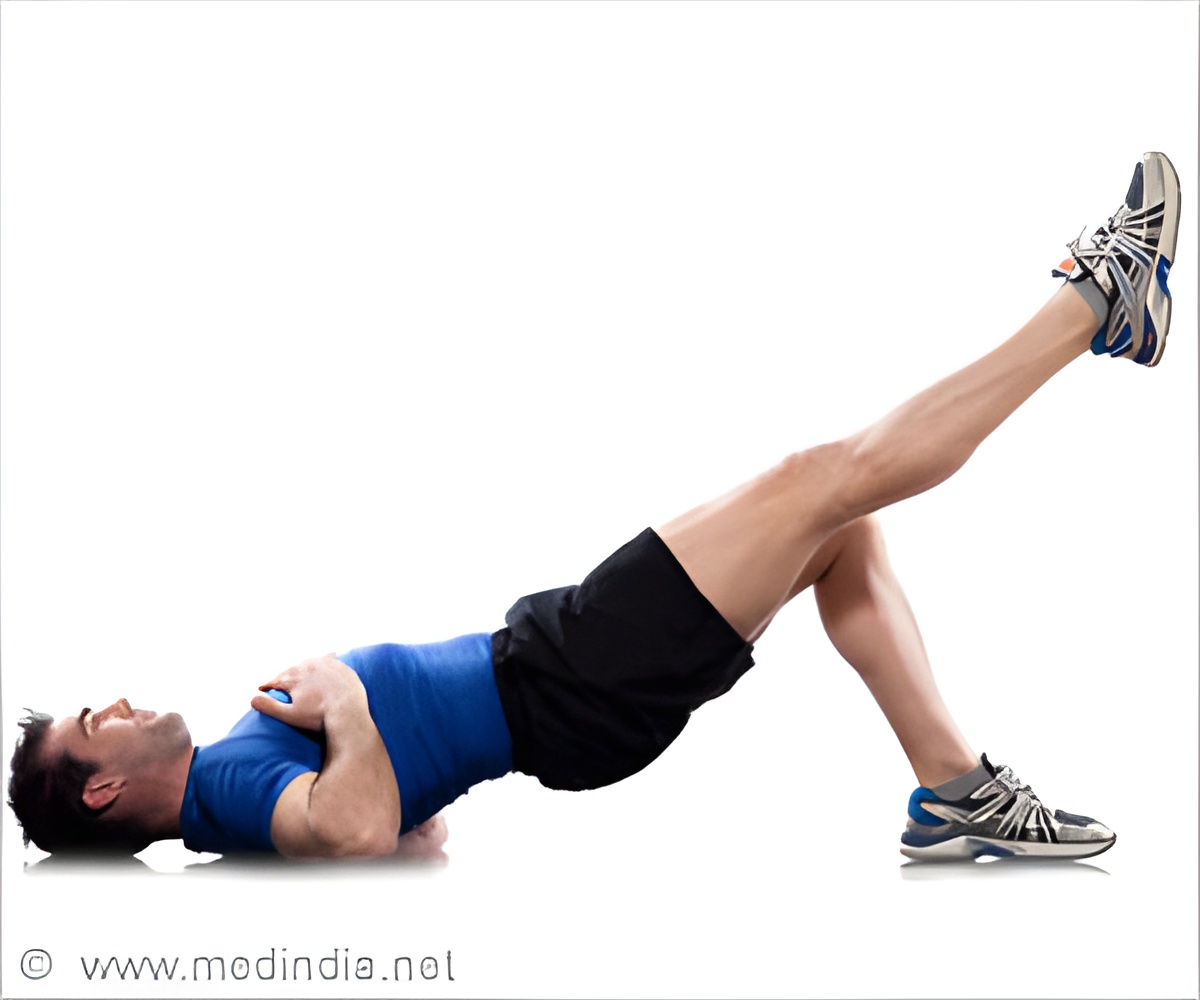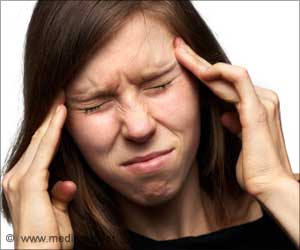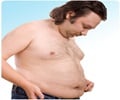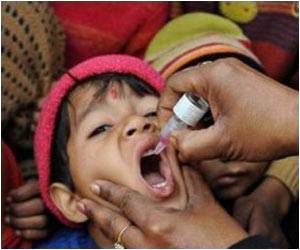
‘A cadence of 100 steps per minute or greater is widely accepted as the threshold for moderate-intensity activity in adults.’
Tweet it Now
He analyzed data from 3,388 participants aged 20 and older in a National Health and Nutrition Examination Survey. The research builds on earlier studies, many of which relied on self-reported estimates of activity levels, which tend to run high or accelerometer data using proprietary output measures (e.g., activity counts/minute) and also failed to take cadence - steps per minute, into account. A cadence of 100 steps per minute or greater is widely accepted as the threshold for moderate-intensity activity in adults. In addition to minute-by-minute step data, the researchers looked at relationships between step-defined physical activity and various cardio metabolic risk factors for the survey participants - such as waist circumference, blood pressure, fasting glucose, insulin, and cholesterol levels, as well as body mass index. Beyond just total step counts, the research looked at daily 'peak 30-minute cadence' - the average number of steps in a participant's most vigorous 30 minutes, which weren't necessarily consecutive minutes.
To measure sedentary time, researchers used the percentage of accelerometer time per day that showed no step-based movement. Among all survey participants, only the top quintile had a median peak cadence, 96 steps per minute - that was in line with accepted physical activity guidelines of 30 minutes a day at 100 steps per minute. Nevertheless, analysis across all quintiles showed a strong relationship between higher cadences - walking more briskly as opposed to less briskly and favorable numbers in the cardiometabolic risk categories.
The same held true for number of steps, whether above or below the 10,000-step threshold. And higher percentages of sedentary time were linked to less-favorable values in several risk factors. "One of the questions has always been, what if one person with 10,000 steps per day accumulates nearly all of them in a two-hour time block, and another stretches them over 15 hours - does it matter in terms of health effects?" Schuna said.
Adding, "This is a big debate in the field, with a couple of intertwined questions. Current evidence does suggest that moderate to vigorous activity and sedentary time have a certain amount of independence from each other in terms of health effects. But if you're getting two or three hours of moderate to vigorous activity every day, even if you're relatively sedentary the rest of the time, it's hard to imagine the sedentary time would completely ameliorate or wipe out the health benefits associated with that level of activity." A person, who averages 10,000 or more steps/day typically, accumulates at least 150 minutes a week of moderate to vigorous activity, Schuna said.
Advertisement
Source-ANI














